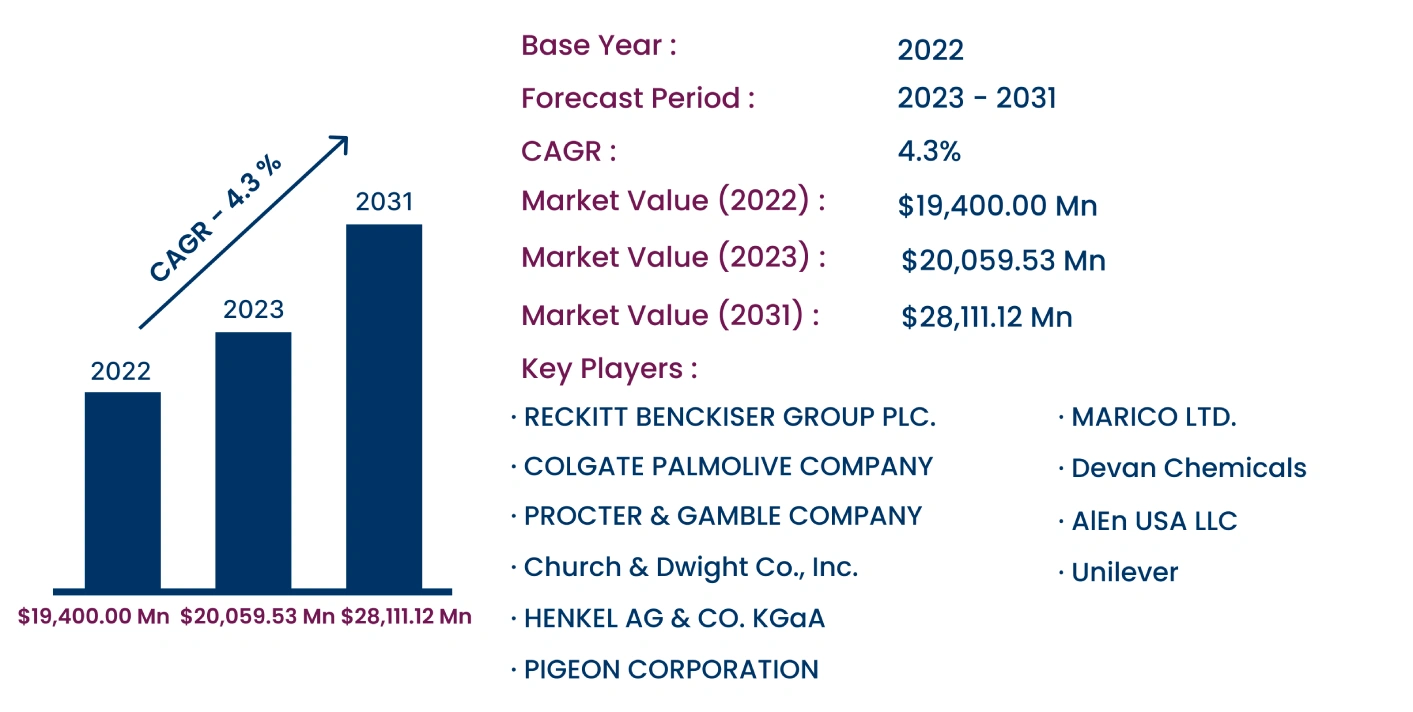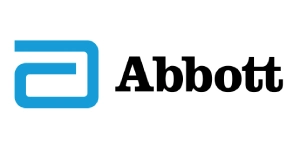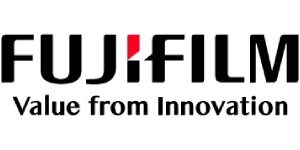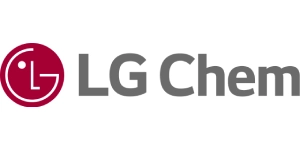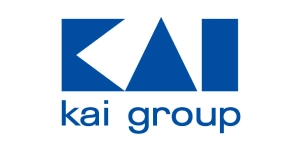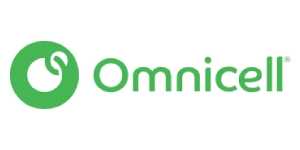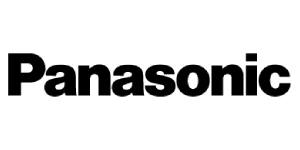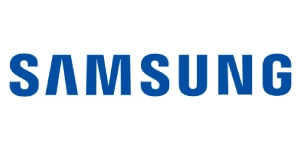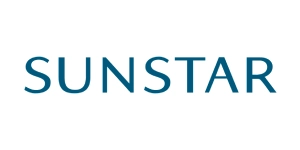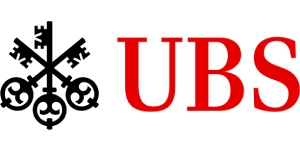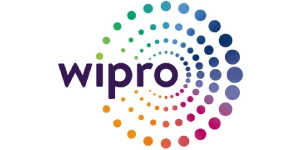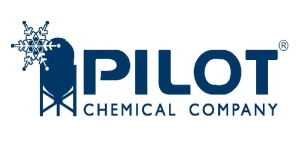Global Fabric Softener Market Set to reach $28,111.12 Million by 2031, at 4.3% CAGR
Category : Consumer Goods | Published Date : Oct 2024 | Type : Press Release
Fabric Softener Market Scope & Overview:
Consegic Business Intelligence analyzes that Fabric Softener Market size was valued at USD 19,400.00 Million in 2022 and is projected to reach USD 28,111.12 Million by 2031, growing at a CAGR of 4.3% during the forecast period from 2023 to 2031. Fabric softeners are added during laundry to make clothes softer, reduce static, and infuse fragrance. They work by coating fabric fibers with chemicals, making them smoother, less wrinkled, and more pleasant to touch. Fabric softeners are available in liquid, sheets, sprays, and other forms.
The report comprises the Fabric Softener Market Share, Size & Industry Analysis, By Product Type (Liquid, Sheets, Sprays, Tablets, and Others), By Nature (Organic and Conventional), By End-Use Industry (Residential, Commercial [Hotels and Restaurants, Hospitals, and Others]), By Distribution Channel (Online [Company-Owned Website, E-commerce], Offline [Hypermarket/Supermarket, Specialty Stores, Departmental Stores, and Others]), By Region (North America, Europe, Asia-Pacific, Latin America, and Middle East & Africa), and Forecast, 2023-2031.
The report contains detailed information on Fabric Softener Market Trends, Opportunities, Value, Growth Rate, Segmentation, Geographical Coverage, Company Profile, In-depth Expert Analysis, Revenue Forecast, Competitive Landscape, Growth Factors, Restraints or Challenges, Environment & Regulatory Landscape, PESTLE Analysis, PORTER Analysis, Key Technology Landscape, Value Chain Analysis, and Cost Analysis.
The increasing demand for laundry care products, driven by personal hygiene awareness and a growing working population, is a key factor driving the market growth. Additionally, innovations such as eco-friendly fabric softeners present significant opportunities for market expansion.
Segmental Analysis :
Based on product type, the market is segmented into liquid, sheets, sprays, tablets, and others.
- Liquid fabric softeners accounted for the largest market share in 2022, driven by their high demand in residential and commercial sectors, especially due to the rise in automatic washing machine usage.
- Sheets are expected to grow at the fastest rate due to their convenience in use and wrinkle-reduction properties.
Based on nature, the market is segmented into organic and conventional.
- The organic segment dominated the market in 2022, driven by increasing consumer preference for eco-friendly products that have minimal environmental impact.
- Conventional fabric softeners are still widely used due to their affordability and effective performance across various fabrics.
Based on end-use industry, the market is segmented into residential and commercial. The commercial segment is further categorized into hotels and restaurants, hospitals, and others.
- The commercial segment held the largest market share in 2022, owing to the high demand for fresh and soft linens in hotels and hospitals.
- The residential segment is expected to grow rapidly due to the increasing sales of automatic washing machines and growing awareness of fabric care.
Based on distribution channel, the market is segmented into online (company-owned website, e-commerce) and offline (hypermarkets/supermarkets, specialty stores, departmental stores, and others).
- Offline channels held the largest share in 2022, driven by the shopping experience provided in physical stores and personalized customer recommendations.
- Online sales channels are projected to grow rapidly, supported by the rise of e-commerce and increasing digitalization.
Based on regions, the global market is segmented into North America, Europe, Asia Pacific, Middle East and Africa, and Latin America.
- North America dominated the market in 2022, with the U.S. holding the highest market share. Factors such as a large working population and high disposable income contribute to market growth.
- Asia-Pacific is projected to witness significant growth, driven by urbanization, rising living standards, and increased awareness of hygiene.
| Report Attributes | Report Details |
| Study Timeline | 2017-2031 |
| Market Size in 2031 | USD 28,111.12 Million |
| CAGR (2024-2031) | 4.3% |
| By Product Type | Liquid, Sheets, Sprays, Tablets, Others |
| By Nature | Organic, Conventional |
| By End-Use Industry | Residential, Commercial (Hotels and Restaurants, Hospitals, Others) |
| By Distribution Channel | Online (Company-Owned Website, E-commerce), Offline (Hypermarket/Supermarket, Specialty Stores, Departmental Stores, Others) |
| By Region | North America(U.S., Canada, Mexico) Europe(U.K., Germany, France, Spain, Italy, Russia, Benelux, Rest of Europe) APAC(China, South Korea, Japan, India, Australia, ASEAN, Rest of Asia-Pacific) Middle East & Africa(GCC, Turkey, South Africa, Rest of MEA) LATAM(Brazil, Argentina, Chile, Rest of LATAM) |
Top Key Players & Competitive Landscape :
The competitive landscape encompasses major innovators, aftermarket service providers, industry giants, and niche players, all of which are thoroughly examined by Consegic Business Intelligence in terms of their strengths, weaknesses, and value-addition potential. This report includes detailed profiles of key players, market share analysis, mergers and acquisitions, resulting market fragmentation, and emerging partnership trends and dynamics.
List of prominent players in the Fabric Softener Industry:
- Unilever
- AlEn USA LLC
- Devan Chemicals
- HENKEL AG & CO. KGaA
- MARICO LTD.
- PIGEON CORPORATION
- COLGATE PALMOLIVE COMPANY
- RECKITT BENCKISER GROUP PLC.
- PROCTER & GAMBLE COMPANY
- Church & Dwight Co., Inc.
Recent Industry Developments :
- In July 2022, Unilever launched its most powerful and sustainable laundry capsule, reducing GHG emissions by 16% and packaged in a plastic-free container.
- In May 2021, Devan Chemicals introduced bio-based fabric softener and quick-dry finishes derived from vegetable oils, aimed at providing sustainable textile solutions.
